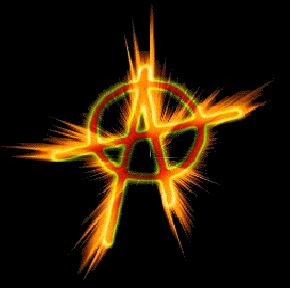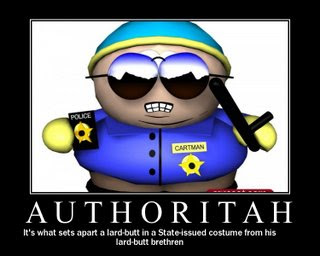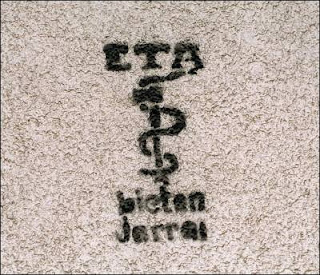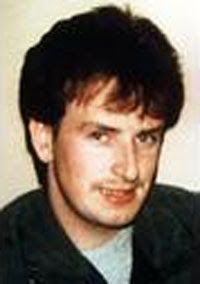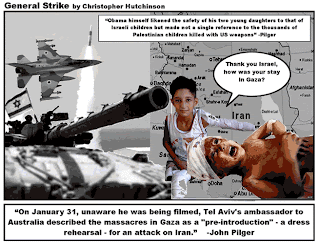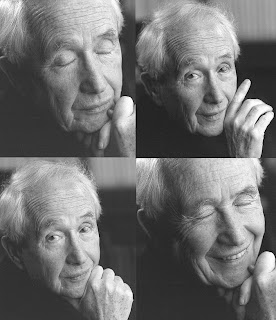Sinn Féin's Ideological Cross Roads
I am penning this post in response to a recent article addressing the lack of progression on Irish Unity by Sinn Fein’s Declan Kearney in An Phoblacht. The article was a timely rallying cry to the remaining Sinn Fein activists prior to yesterday’s Ard Comhairle, in Navan, Co. Meath.
Given Mr Kearney’s esteem within the party hierarchy I thought that his views on Sinn Fein’s political agenda might make interesting reading. Alas, after the first paragraph my hopes of gaining a new political insight were severely dashed! Although eloquently written, it fails miserably to mask the fundamental problem and serves only to re-iterate the much vaunted but now lack lustre Irish Unity strategy adopted by Sinn Fein.
 Did Sinn Fein have a Political Plan B?
Did Sinn Fein have a Political Plan B?
From preliminary scanning its contents, Mr. Kearney’s article seems a mere pseudo attempt to stir
‘Irish Republican’ sentiment whilst remaining in a delusional (Sunningdale Mark II) comfort zone, hell bent on propping up THEIR
‘so far’ failed Irish Unity strategy and further side swiping and dissing the so-called dissident Irish Republicans! However, whilst remaining within these
‘safe’ confines might be music to the ears for their band wagon ex-SDLP supporters, many traditional Irish Republicans, the very bed rock of Sinn Fein’s foundation, are presumably less than impressed. One interesting observation form the entire article is the stark omission of the words
’32 County Strategy’. Instead he periodically refers to a specific Sinn Fein 26 county strategy. This is hardly conducive to a political party which is supposed to have an alleged 32 County United Ireland agenda at its core.
The first paragraph is quite predictable in re-enforcing upon the reader, Sinn Fein’s progress in true martyrdom style. It also underlines that their pinnacle strategy for Irish Unity still lies in their
‘Political Theatre of Dreams’, The Republic of Ireland. This single minded dogged stance has been the core selling point to Irish Republicans over the years and its continuous rehashing is making it increasingly suspect that Sinn Fein had no apparent Plan B! The only mention of the wee six counties comes to the end of the first paragraph.
Even without the benefit of hindsight given the North's political history, how anyone could actually expect Sunningdale Mark II would advance the cause of Irish Unity is beyond most rational thinking. It could also be construed that this constant infatuation with becoming a power house in Irish politics is in fact a form of acceptance of the failure of Sinn Fein’s Northern Ireland political strategy.
Try as it may and even by the authors self confessed attempts to the contrary, this article amounts to nothing but a string of vague clichés masking the lack of any clear political strategic fore-sight. As regards Sinn Fein’s less than impressive showing in the recent Republic of Ireland European elections, Mr Kearney seems to blame everything and everybody else bar Sinn Fein’s own political stance on the major issues. He lays the blame firmly at the door of various problems including; implementation of the North’s Peace Process, the physical construction of the Sinn Fein political machine in the Republic of Ireland.
Also internal questioning by party members and the existence of political opportunists within SF ranks were also blamed. These latter points have been a proverbial thorn in the side of the party in recent weeks both North and South of the border. In the Republic of Ireland,
Christy Burke , John Dwyer and Louise Minihan all sited irreconcilable differences with party policy as their principle reasons for leaving. Louise Minihan gave this summation of her political discontent by claiming that;
"Sinn Féin has over the last 12 years moved steadily away from the core values of Irish socialist republicanism and is no longer willing, or able, to challenge the British occupation of the Six Counties or the rotten capitalist system which is causing so much hardship to working families across Ireland today,"
These resignations were quickly followed up by a public lambasting by
Taoiresa Ferris in An Phoblacht regarding the party’s irrelevancy to the Southern electorate. Whilst in the North the recent resignation of Irish Republican stalwart
Gerry ‘Gaffer’ Foley in Strabane sent shock waves through the Sinn Fein fraternity.
Whilst Mr Kearney’s article highlighted several peripheral issues within the Sinn Fein’s political structure it did little to address the fundamental political ideological clash and re-balancing required between their nationalist and socialist aspirations.
Nationalism –Vs-Irish Socialism
The whole problem appears to stem from SF’s inability to consolidate a meeting of minds between nationalism and socialism factions as they seek to fight on two political frontiers. This internal struggle to strike a balance between these schools of thought was seen by many as a natural ideological progression following the ‘
perceived’ solving of the nationalist question following the Peace Process. However, an alarming out shot has been that nobody within the Sinn Fein party wants to step up to the plate and grasp the nettle of socialism which the party leadership insists is its very essence. This unwillingness in socialist aspiration is in stark contrast to the vision of James Connolly who wrote in
‘Nationalism and Irish Socialism – 1897’;
‘If the national movement of our day is not merely to re-enact the old sad tragedies of our past history, it must show itself capable of rising to the exigencies of the moment.’
The recent European Elections were a golden opportunity for a leftist political party to proverbially milk the leftward swing in Irish electoral sentiment in the midst of the worst recession of a generation.
In a recent article in the Sunday Tribune,
‘The Partitioning of Sinn Fein’ one disillusioned SF party activist bluntly summed up Sinn Fein’s woes;
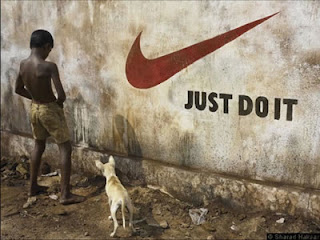 "Look, Sinn Féin has been imploding for quite a while. The big mystery to everybody is how the media has managed to miss the story for so long............Republicanism is in turmoil. You've got the careerists at the top in their Armani suits gagging to be in government in both parts of the island in time for the centenary of the Rising and they'll get into bed with any other party to do it. And then you've got the people on the ground campaigning on housing and drugs and they see an unelected party official in Dublin involved in selling truckloads of illegal Sky TV boxes. The ties with the dissidents haven't been severed. The leadership turns a blind eye to that and goes off hobnobbing with Fianna Fáil."
"Look, Sinn Féin has been imploding for quite a while. The big mystery to everybody is how the media has managed to miss the story for so long............Republicanism is in turmoil. You've got the careerists at the top in their Armani suits gagging to be in government in both parts of the island in time for the centenary of the Rising and they'll get into bed with any other party to do it. And then you've got the people on the ground campaigning on housing and drugs and they see an unelected party official in Dublin involved in selling truckloads of illegal Sky TV boxes. The ties with the dissidents haven't been severed. The leadership turns a blind eye to that and goes off hobnobbing with Fianna Fáil."
Prior to yesterday’s
Navan Ard Comhairle, many political pundits believed that the wheels had well and truly come off the Sinn Fein socialist wagon. Time will quickly tell in the boiler room of Irish politics if Sinn Fein can muster a unifying political ideology embracing nationalism and socialism. Or will political events that have yet to transpire show that the ducks have well and truly flown the nest!
‘Without a re-organisation of society on the basis of a broader and more developed form of that common property which underlay the social structure of Ancient Erin - is only national recreancy.
It would be tantamount to a public declaration that our oppressors had so far succeeded in inoculating us with their perverted conceptions of justice and morality that we had finally decided to accept those conceptions as our own, and no longer needed an alien army to force them upon us.’
~James Connolly~


















